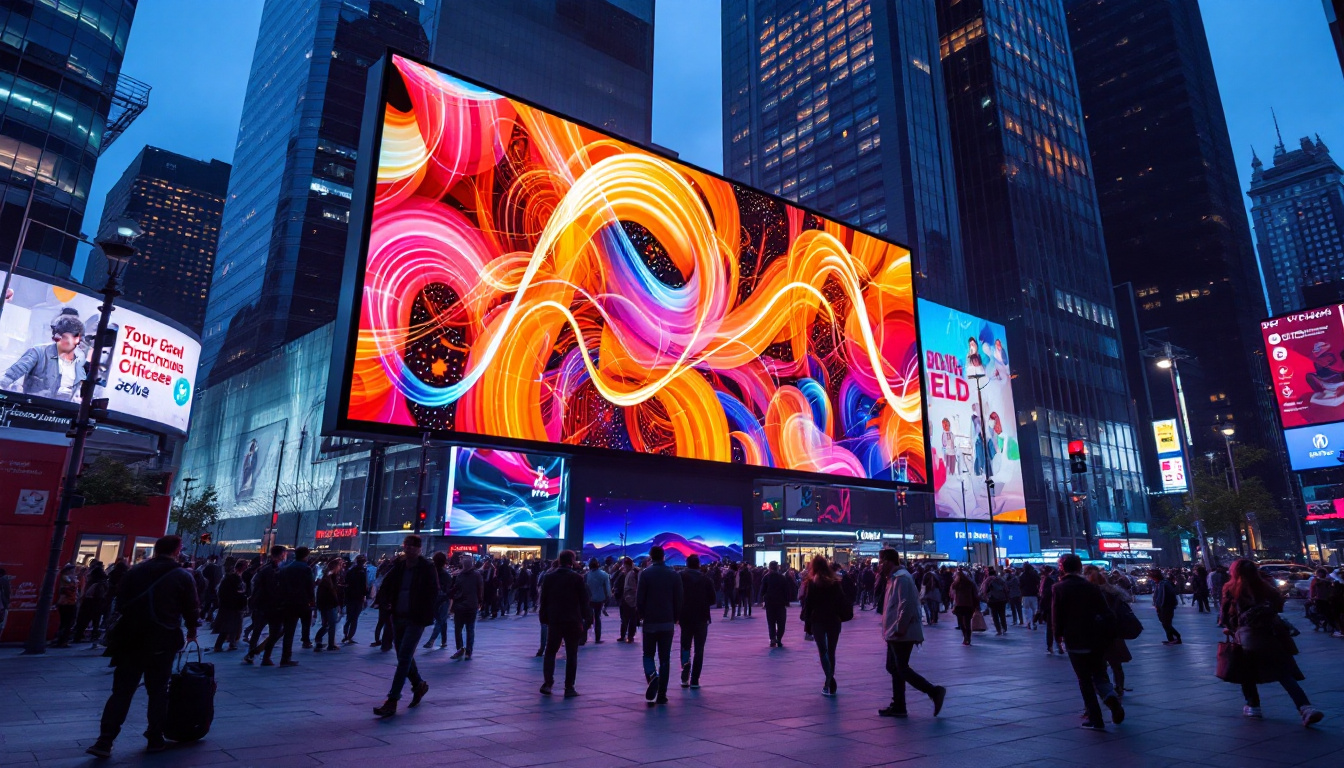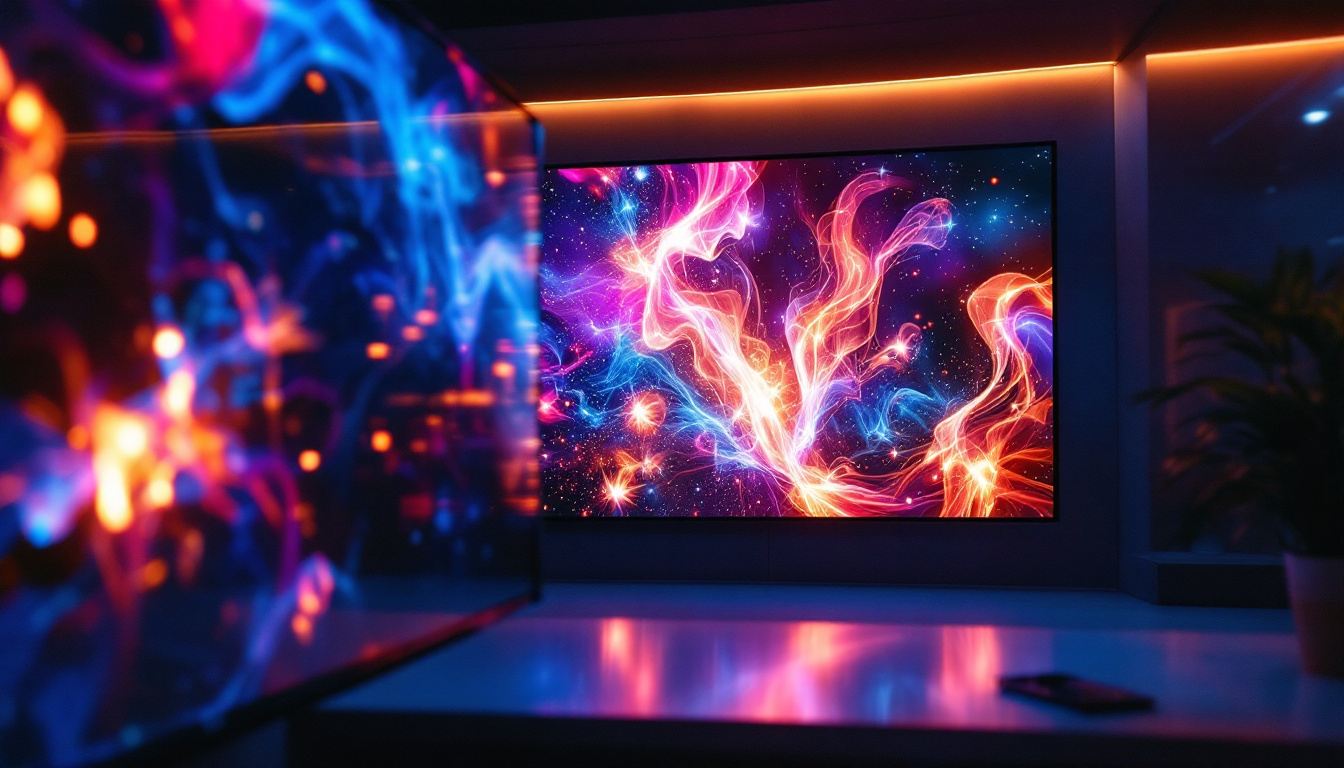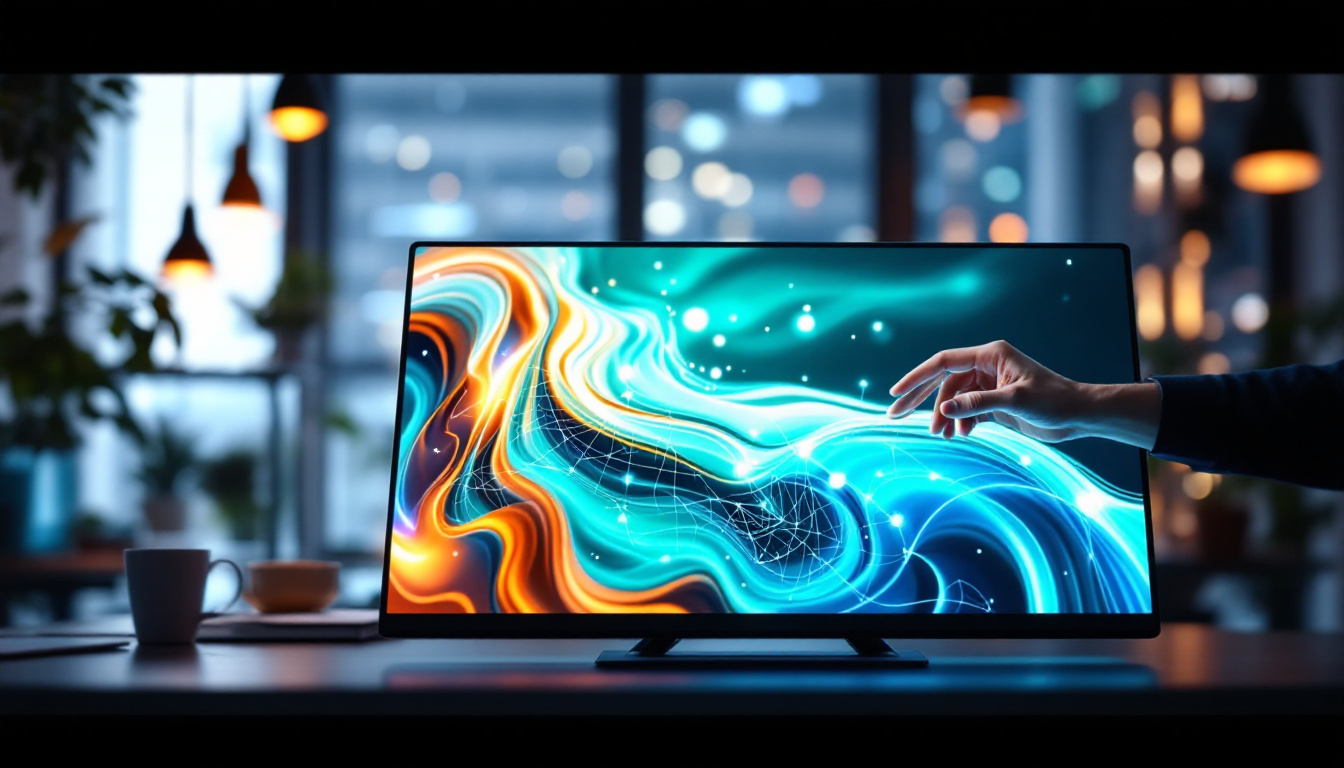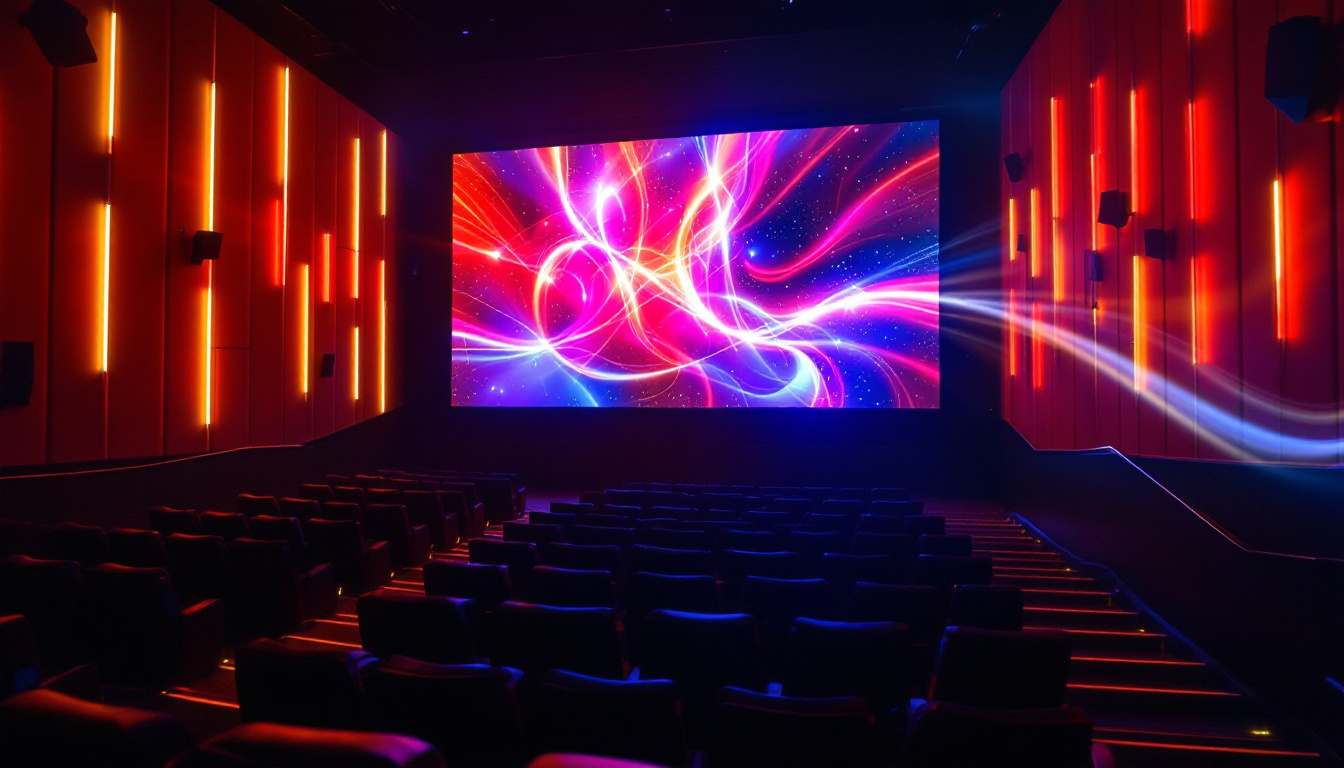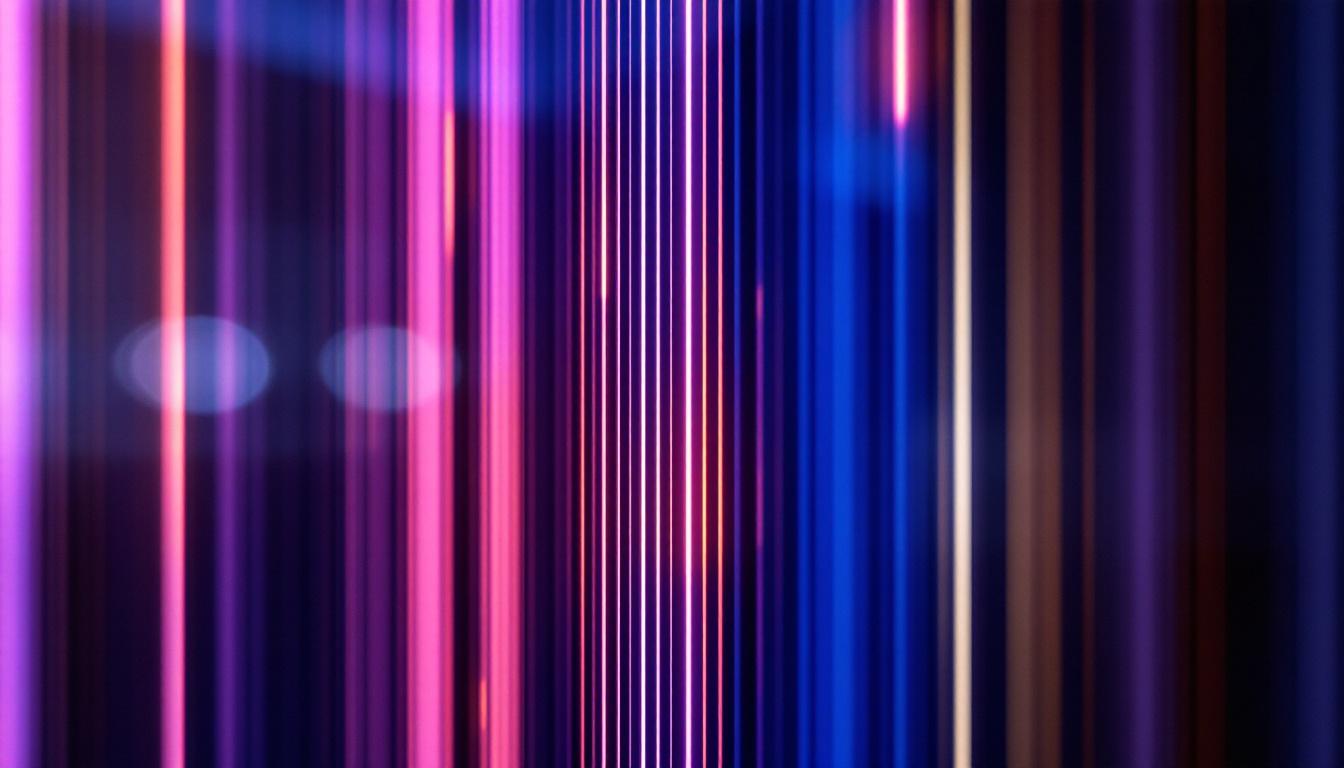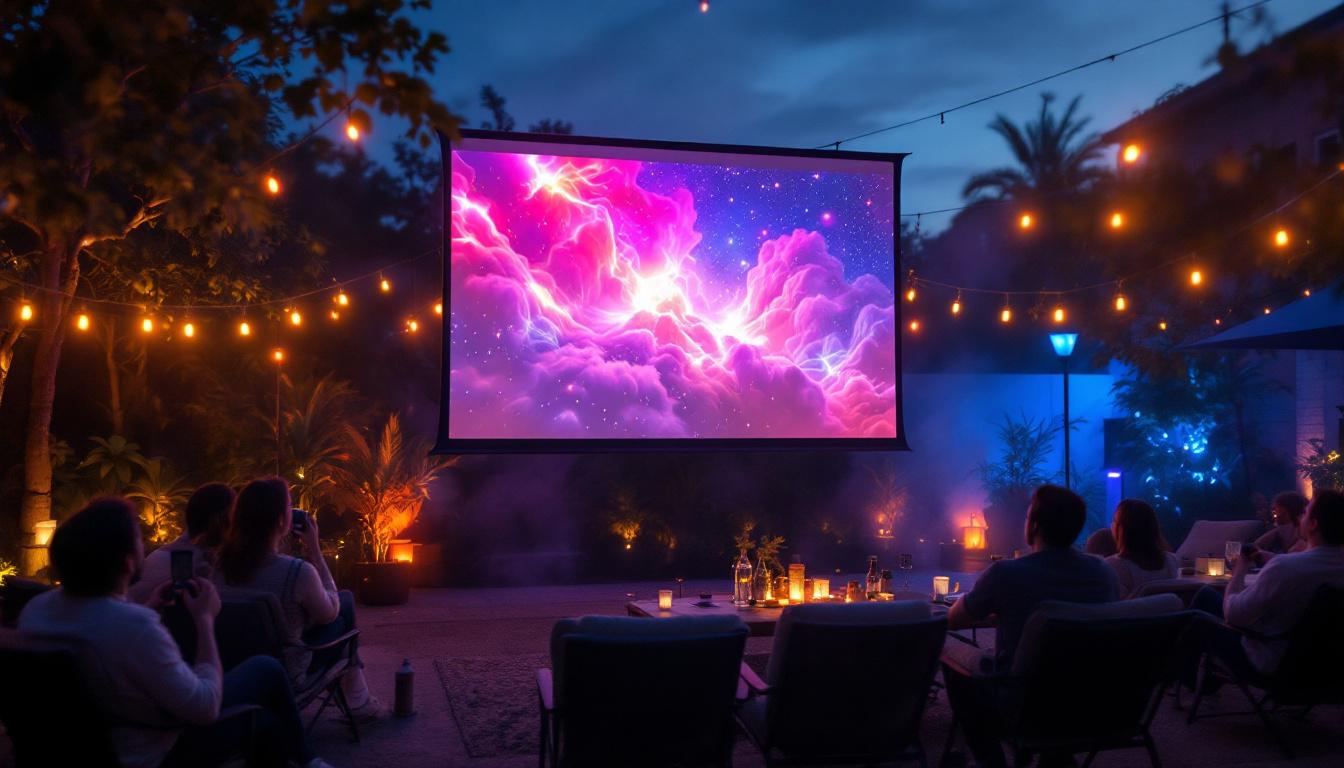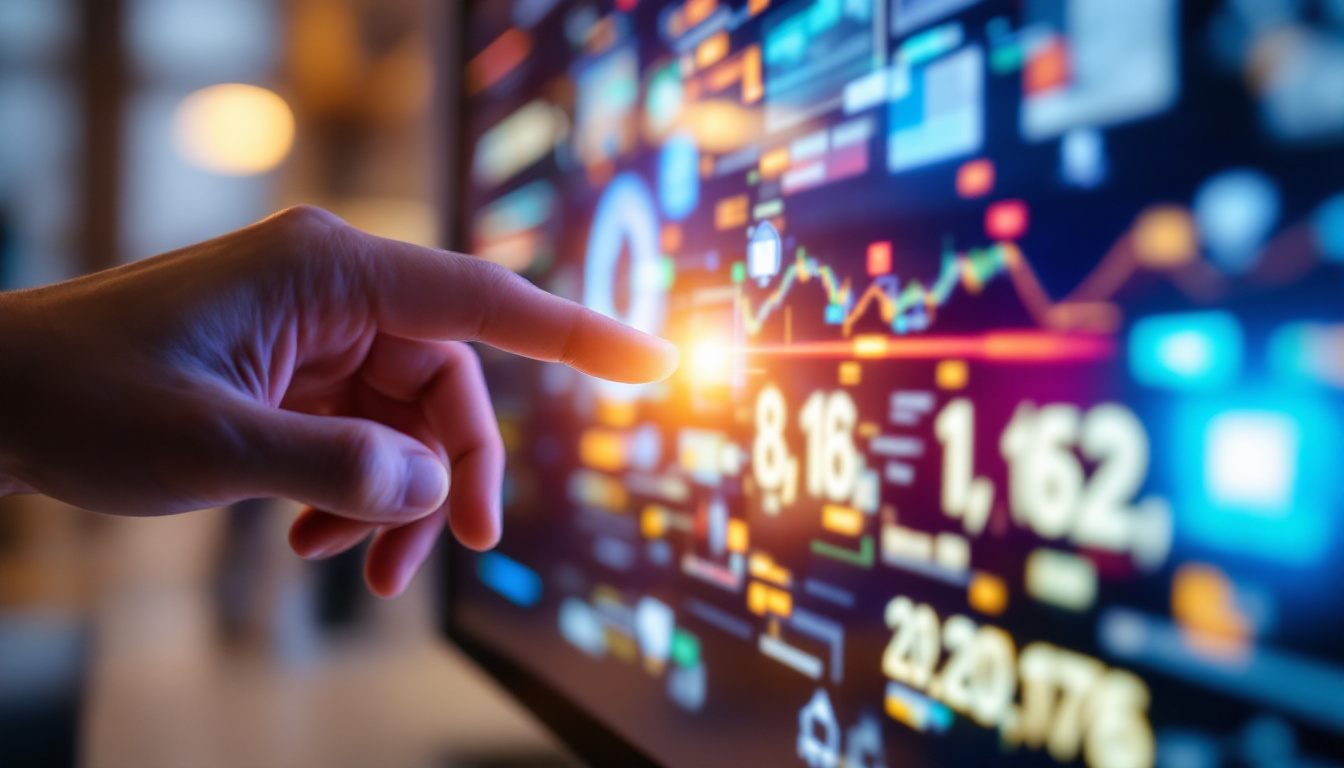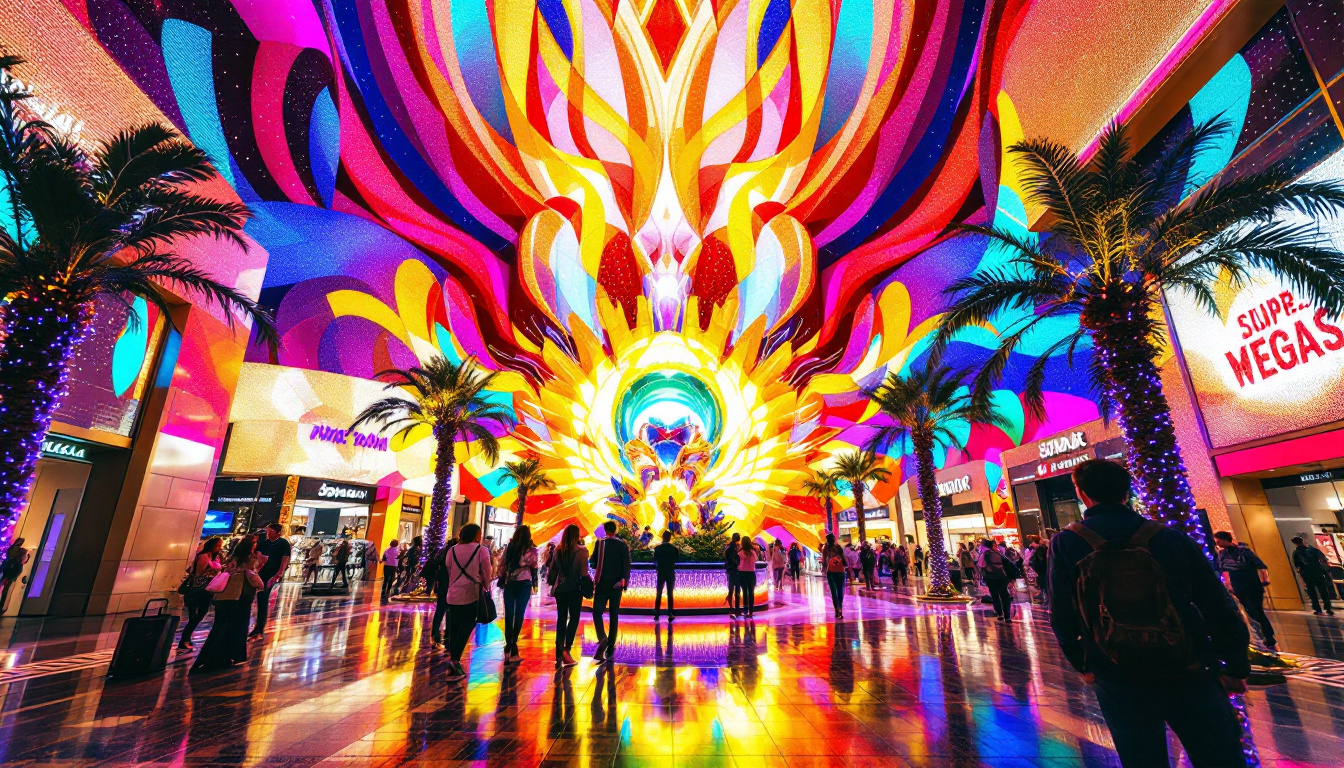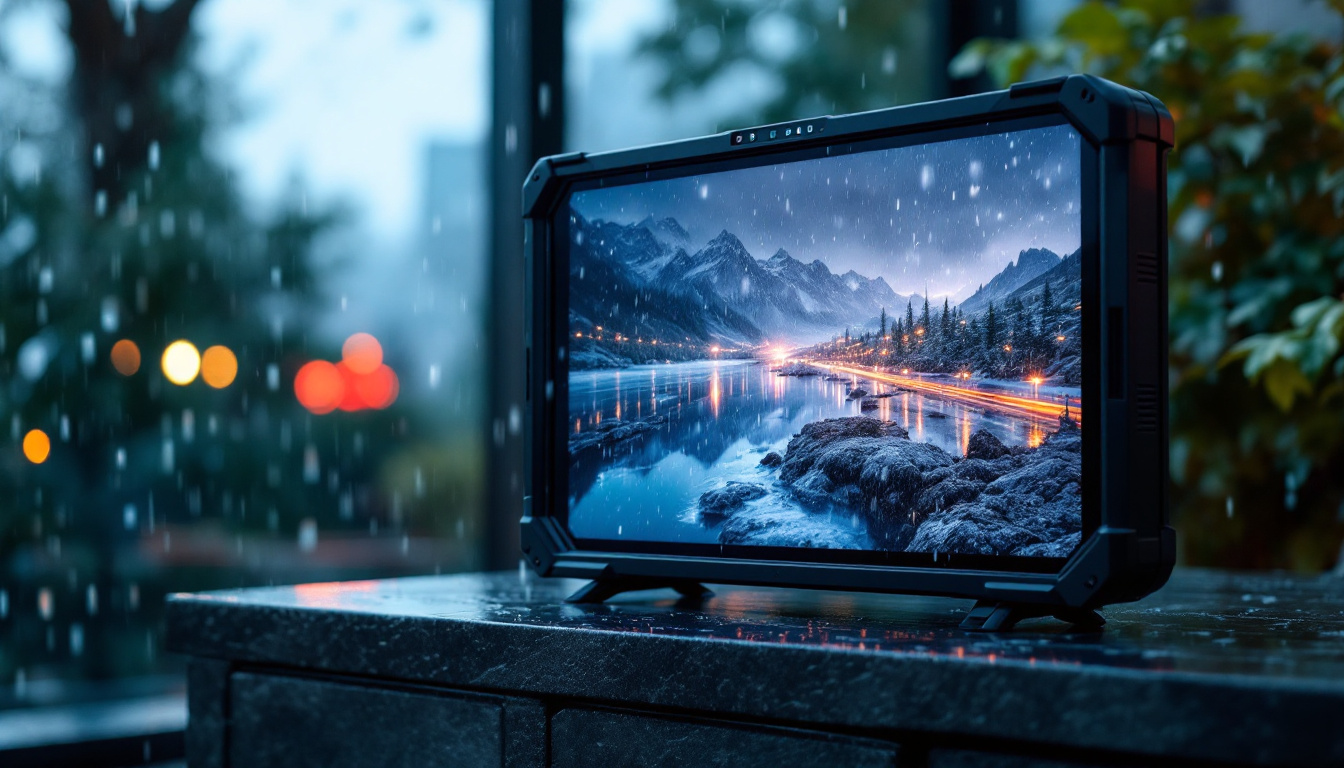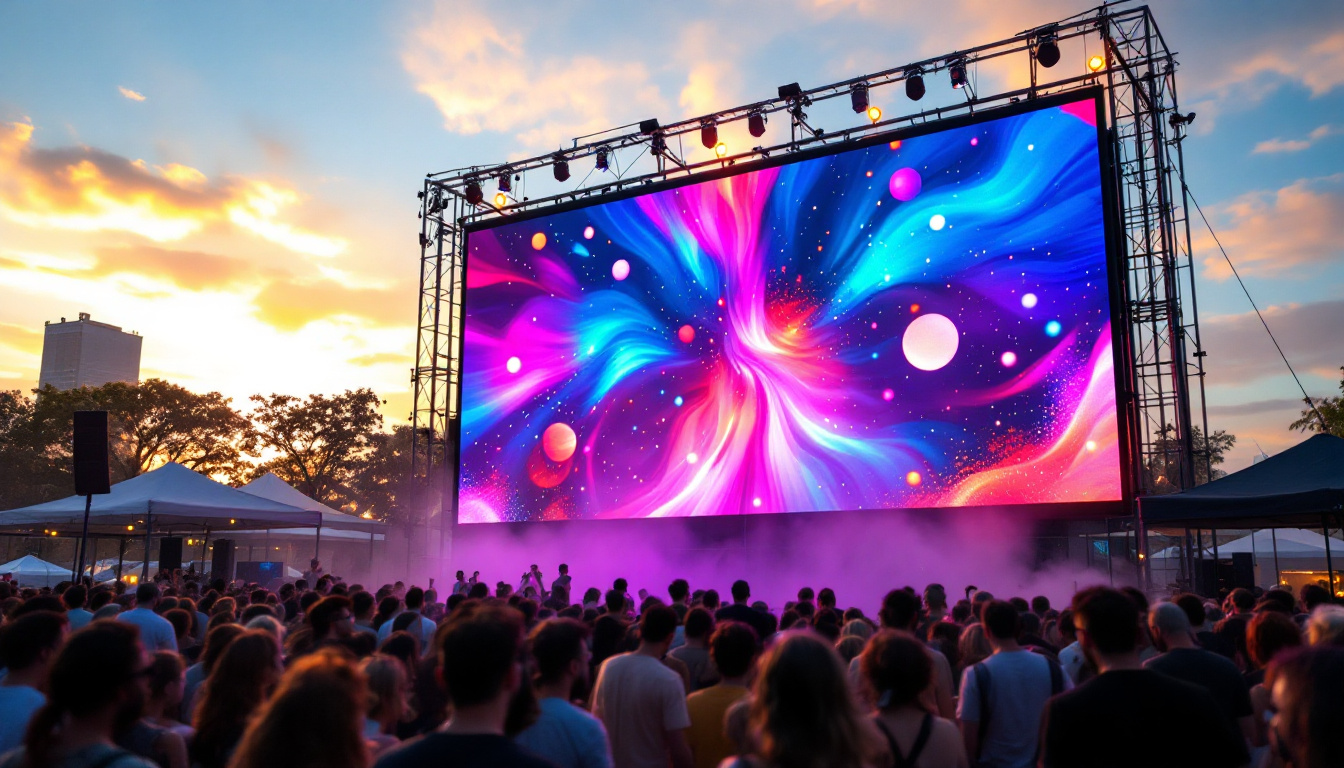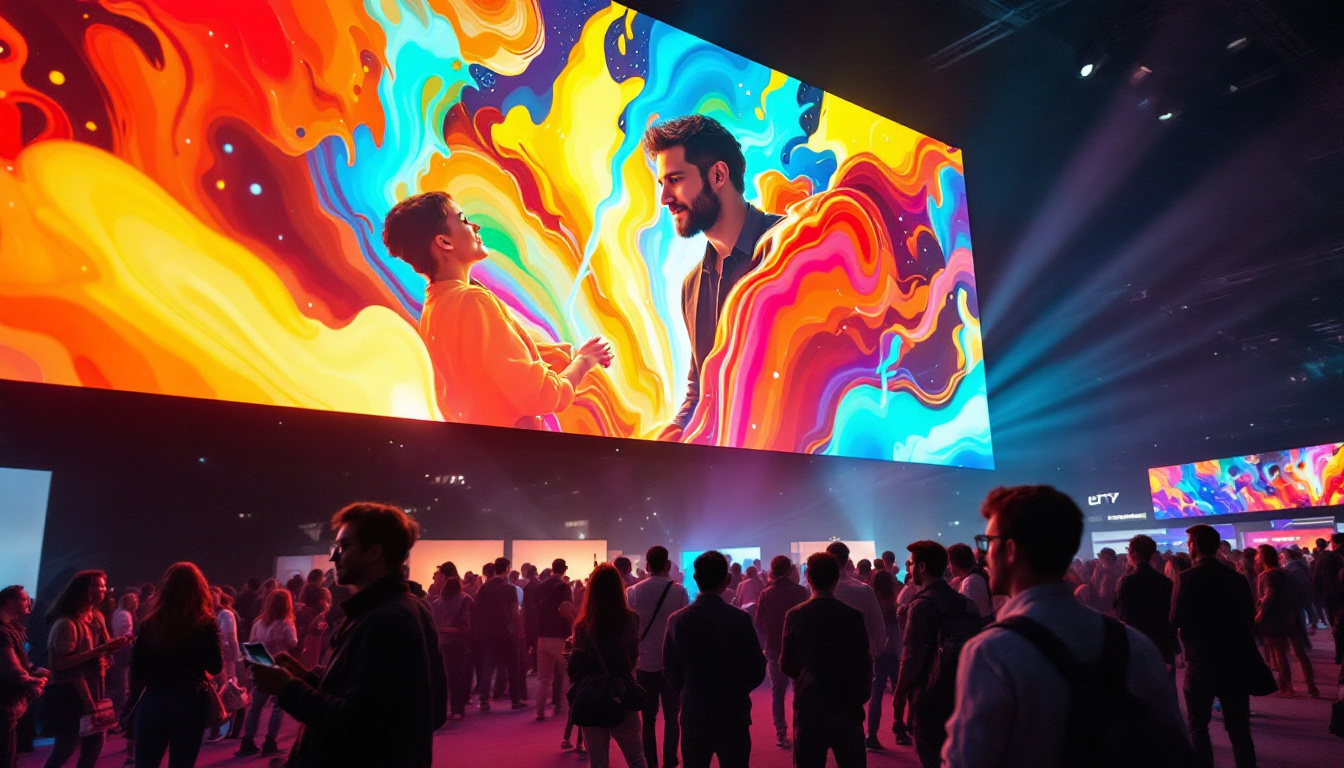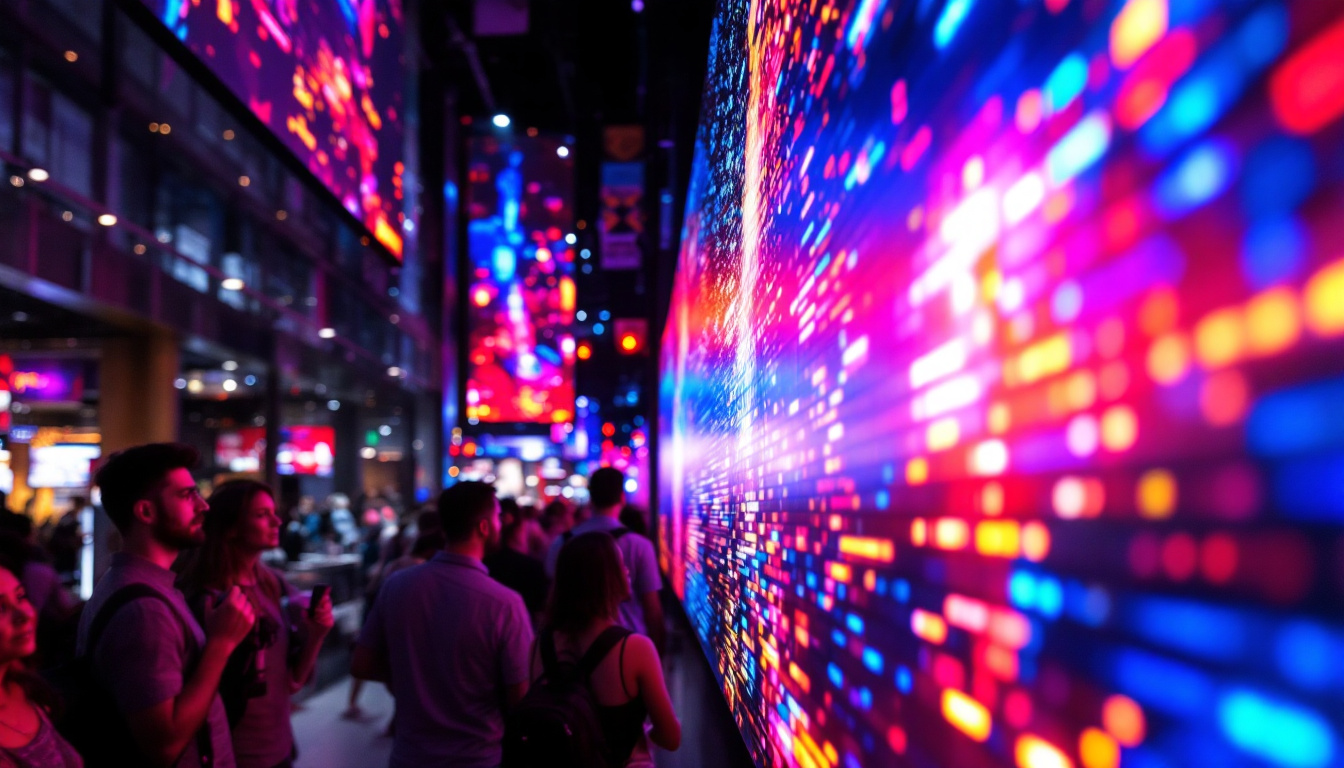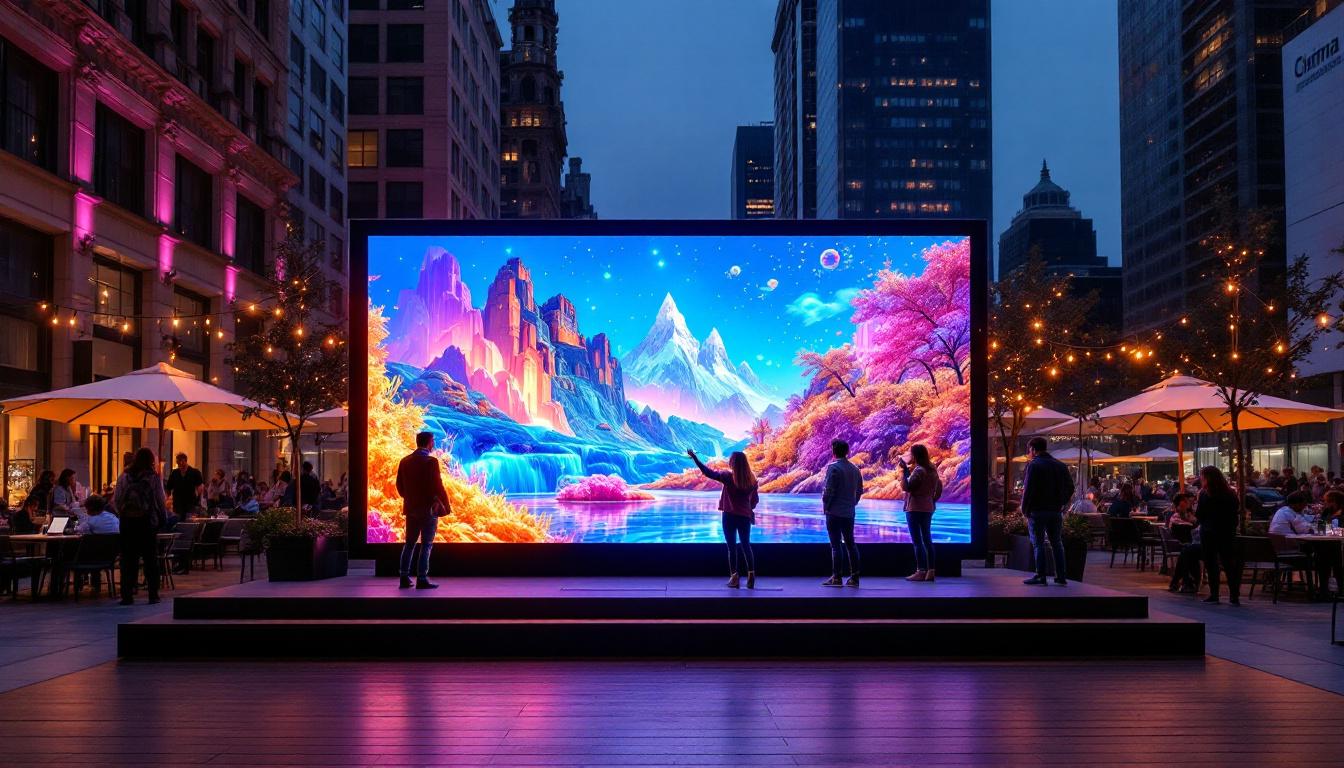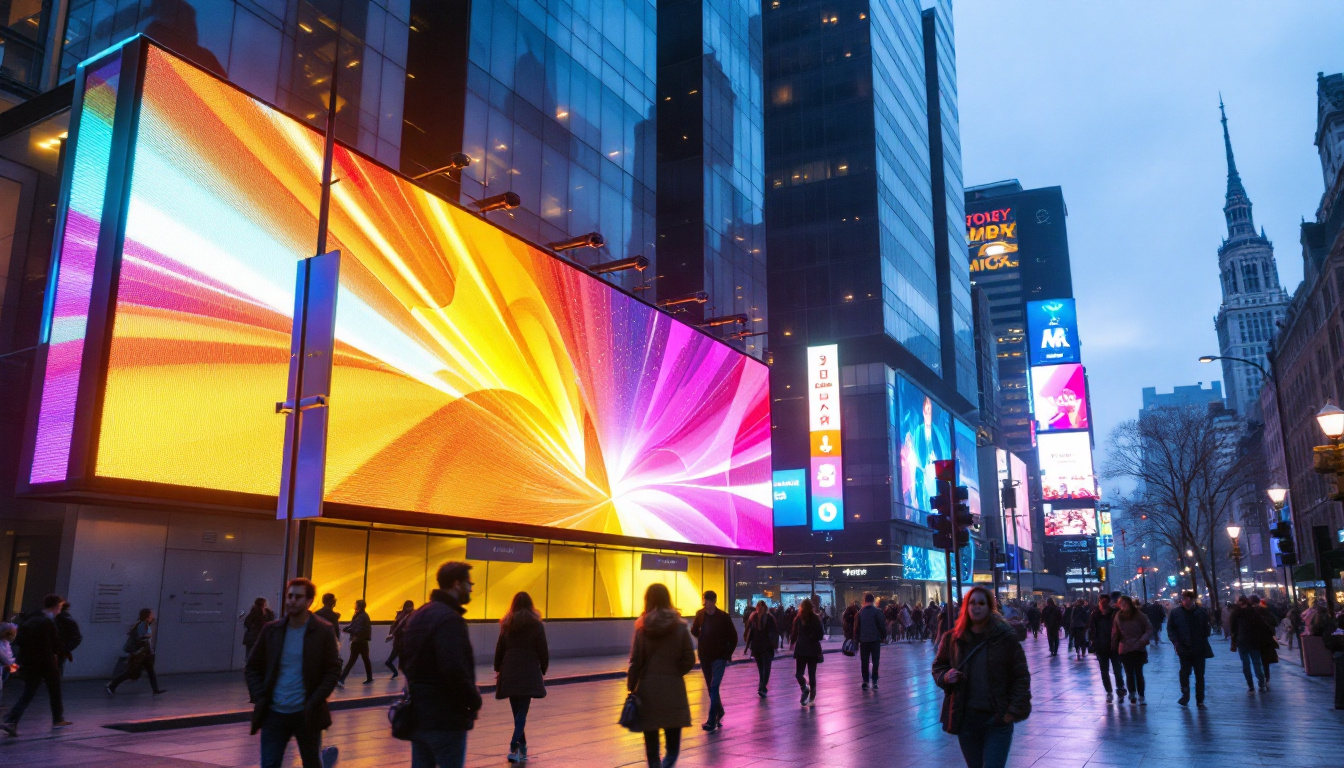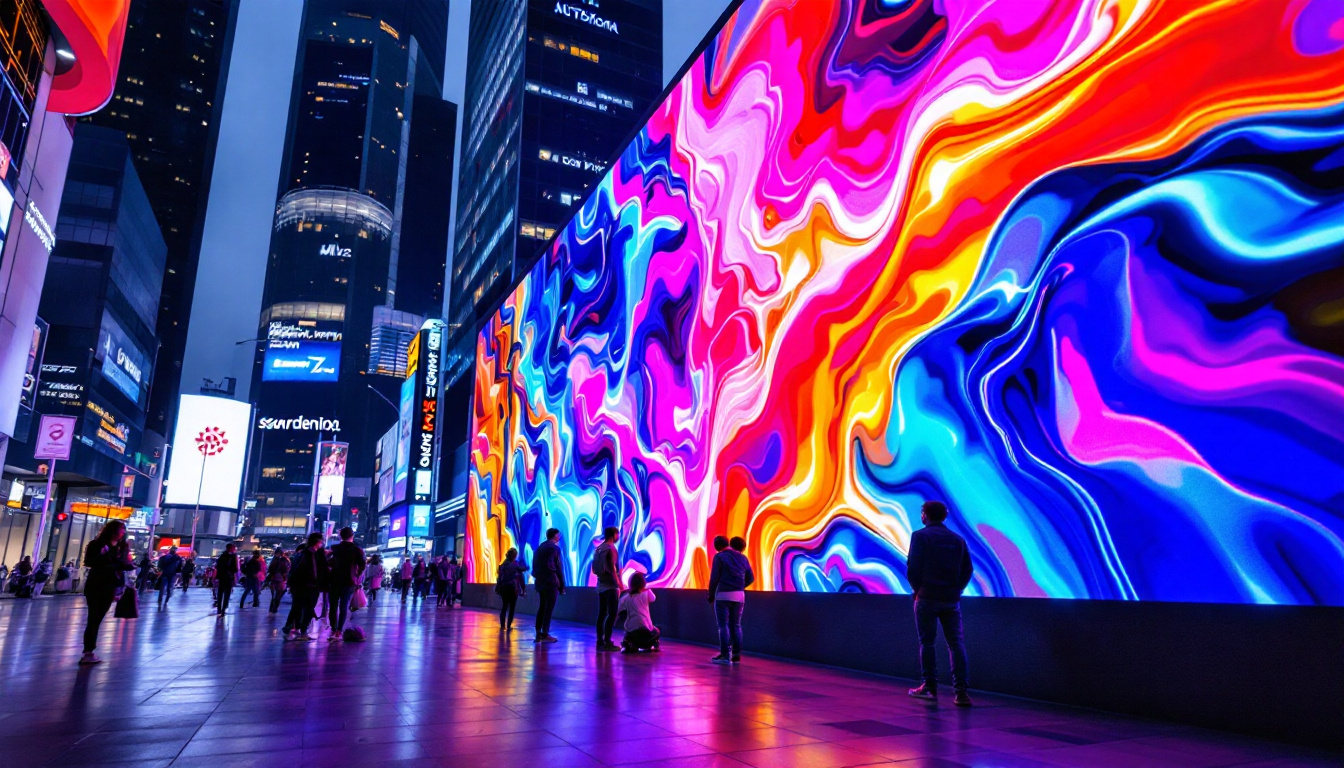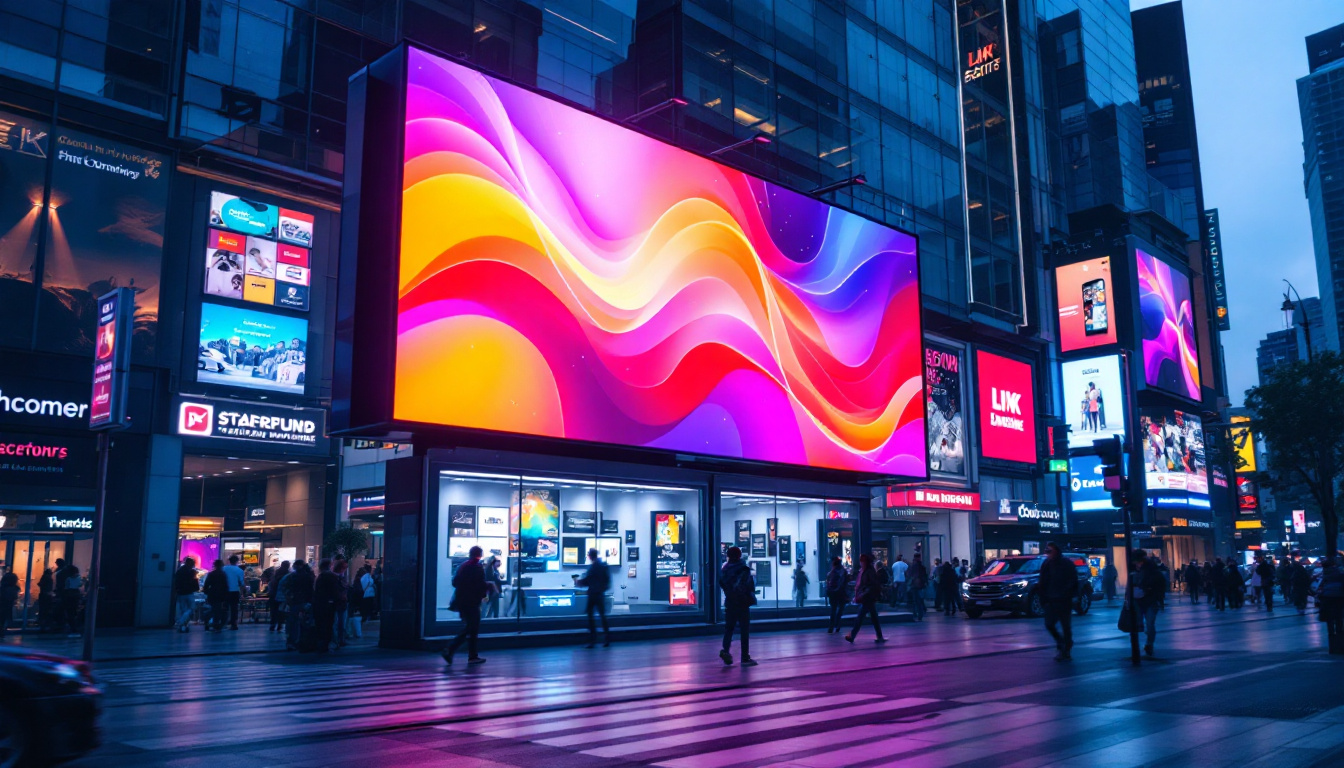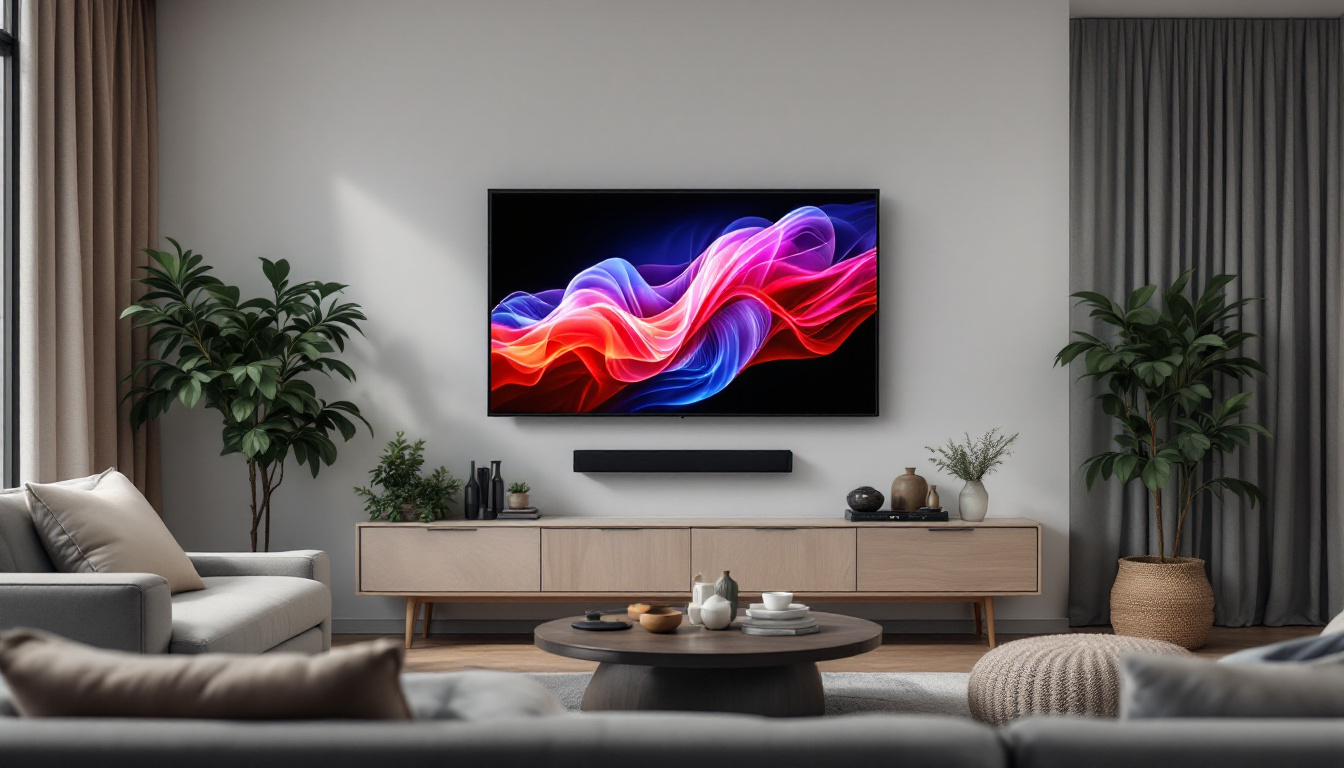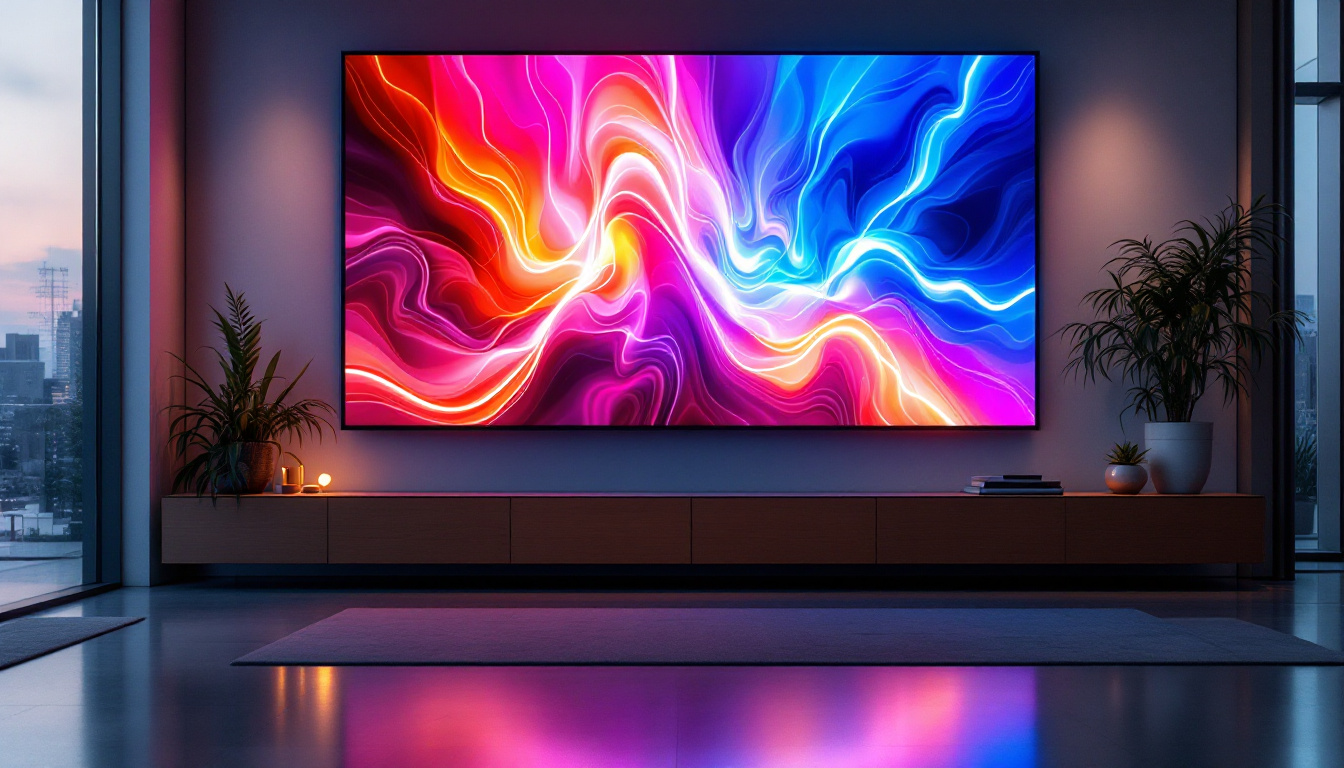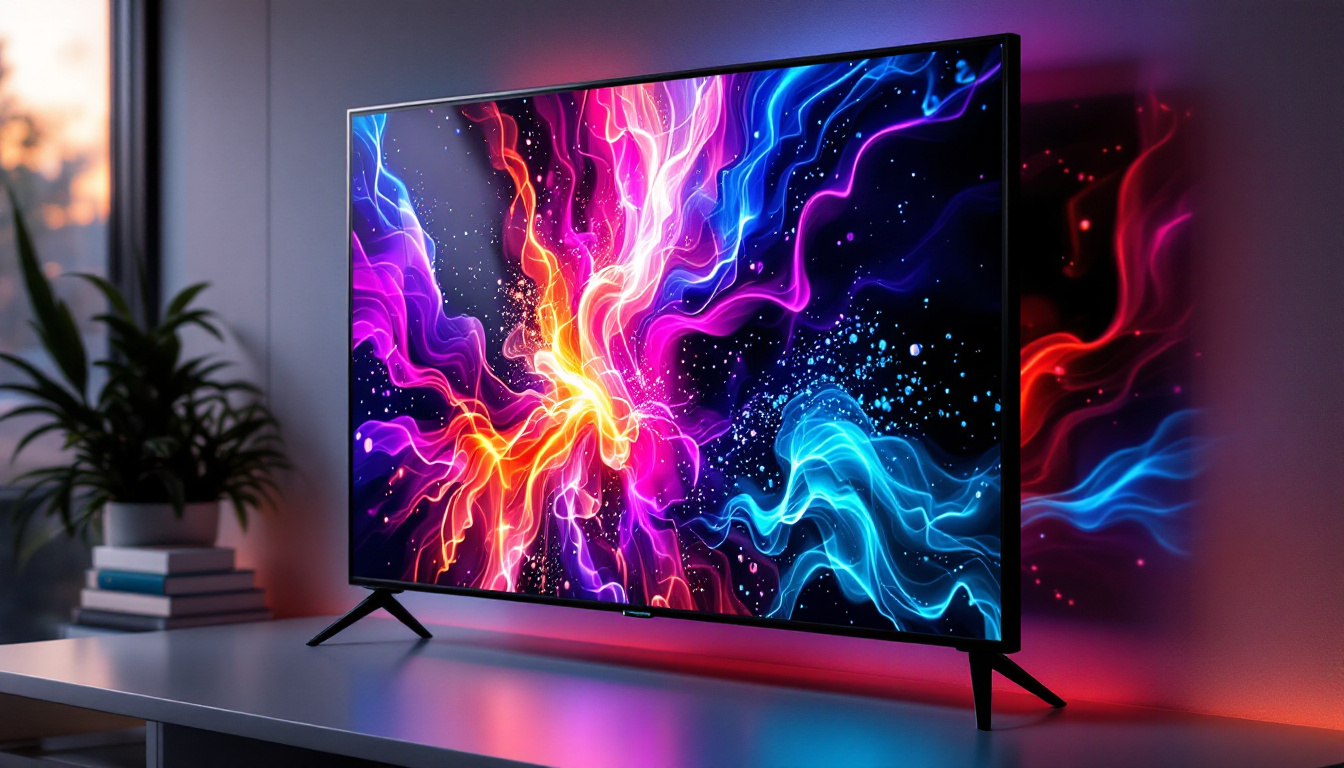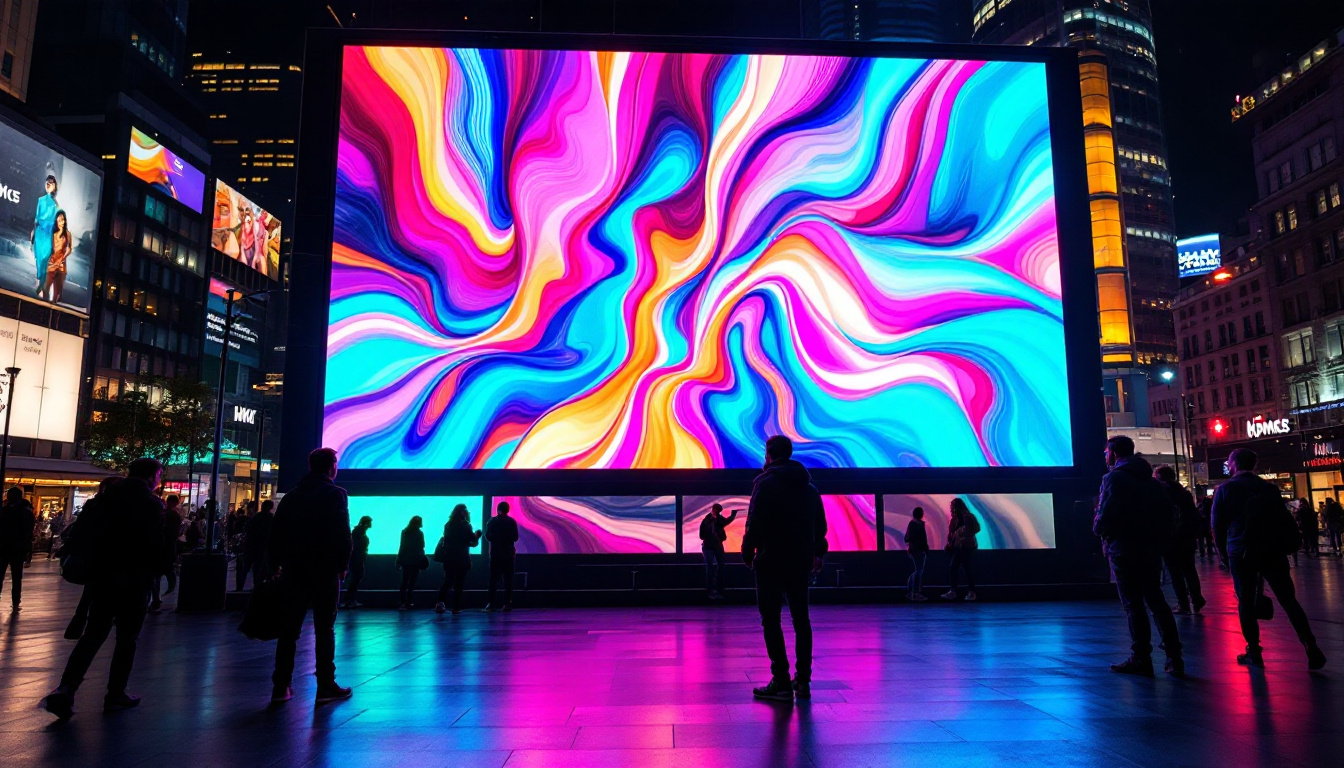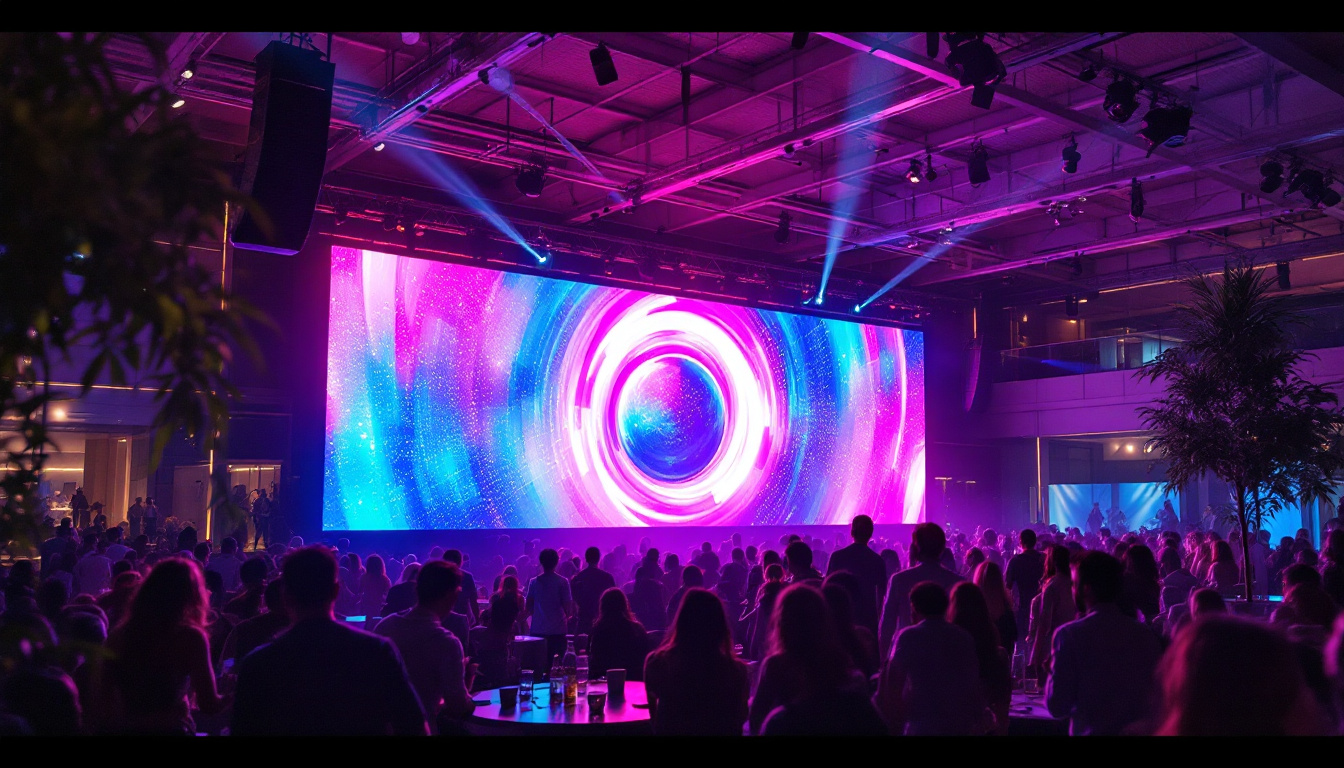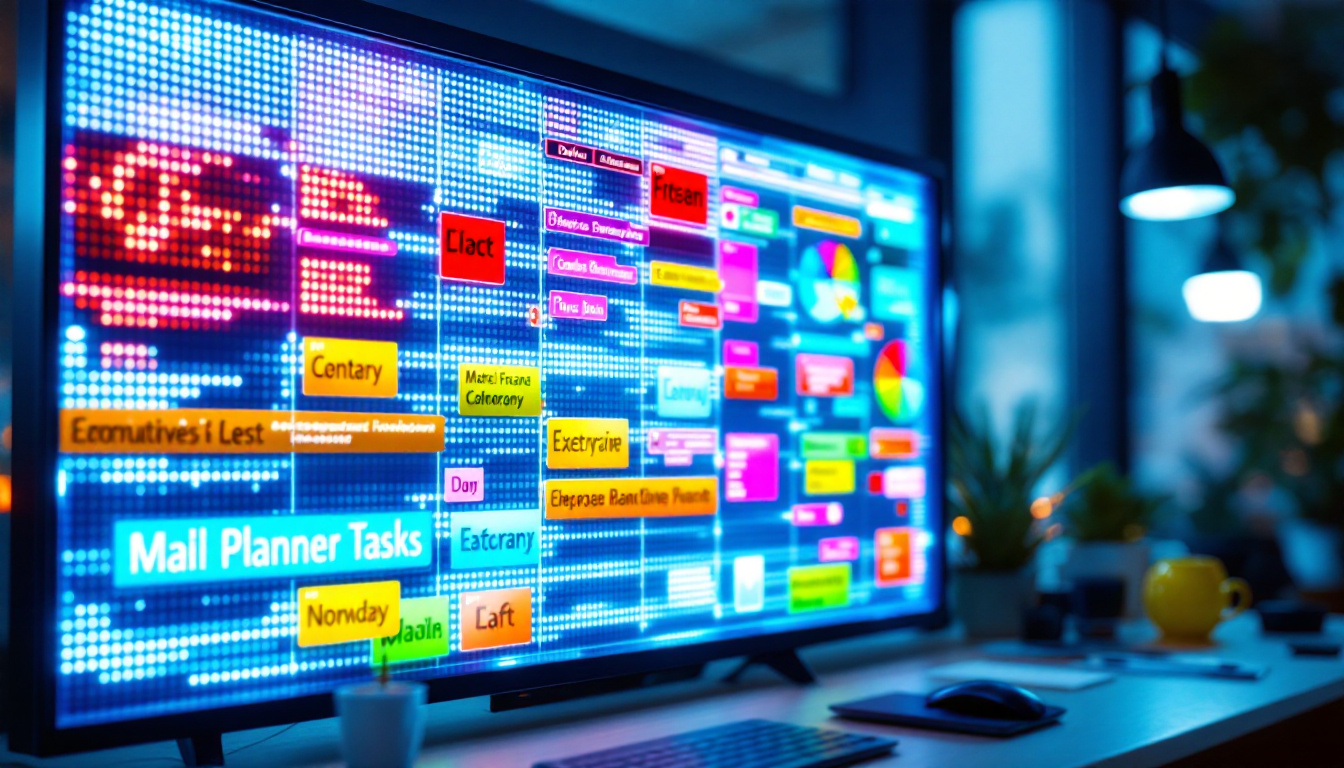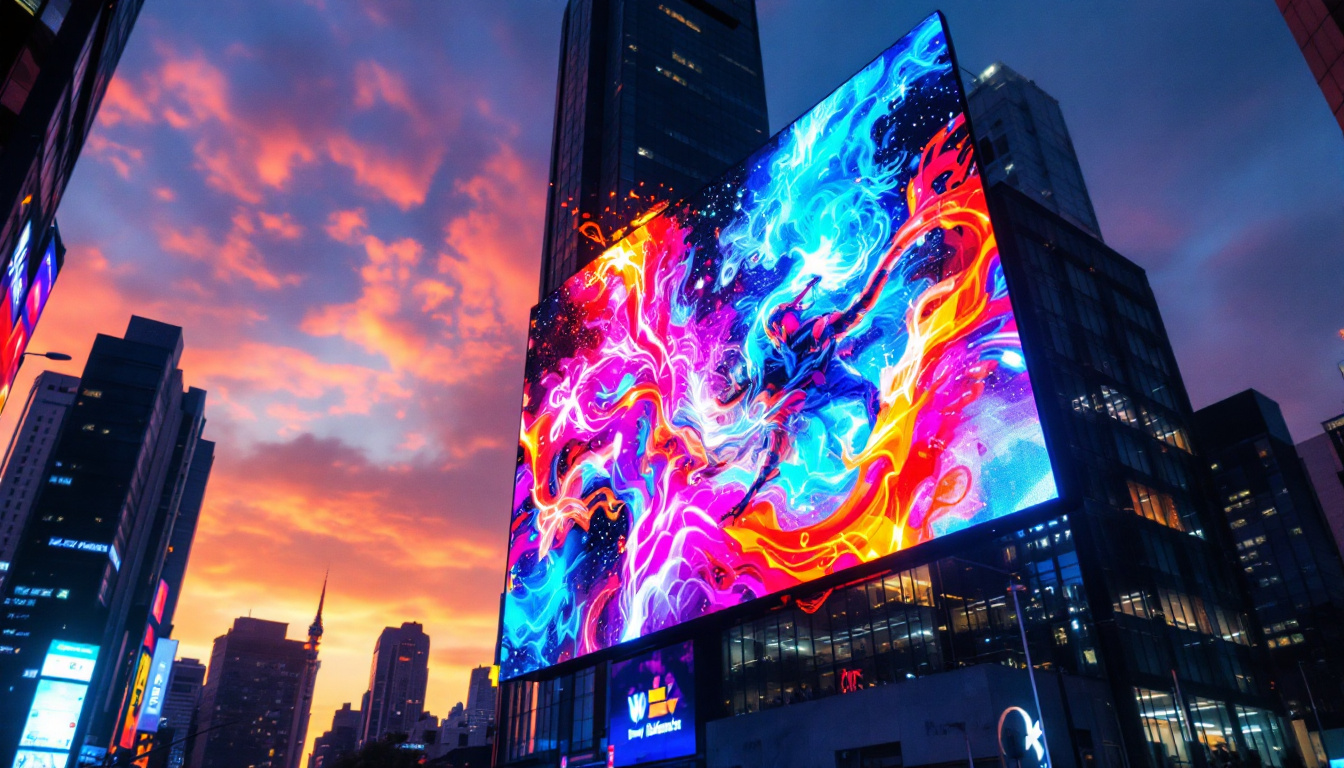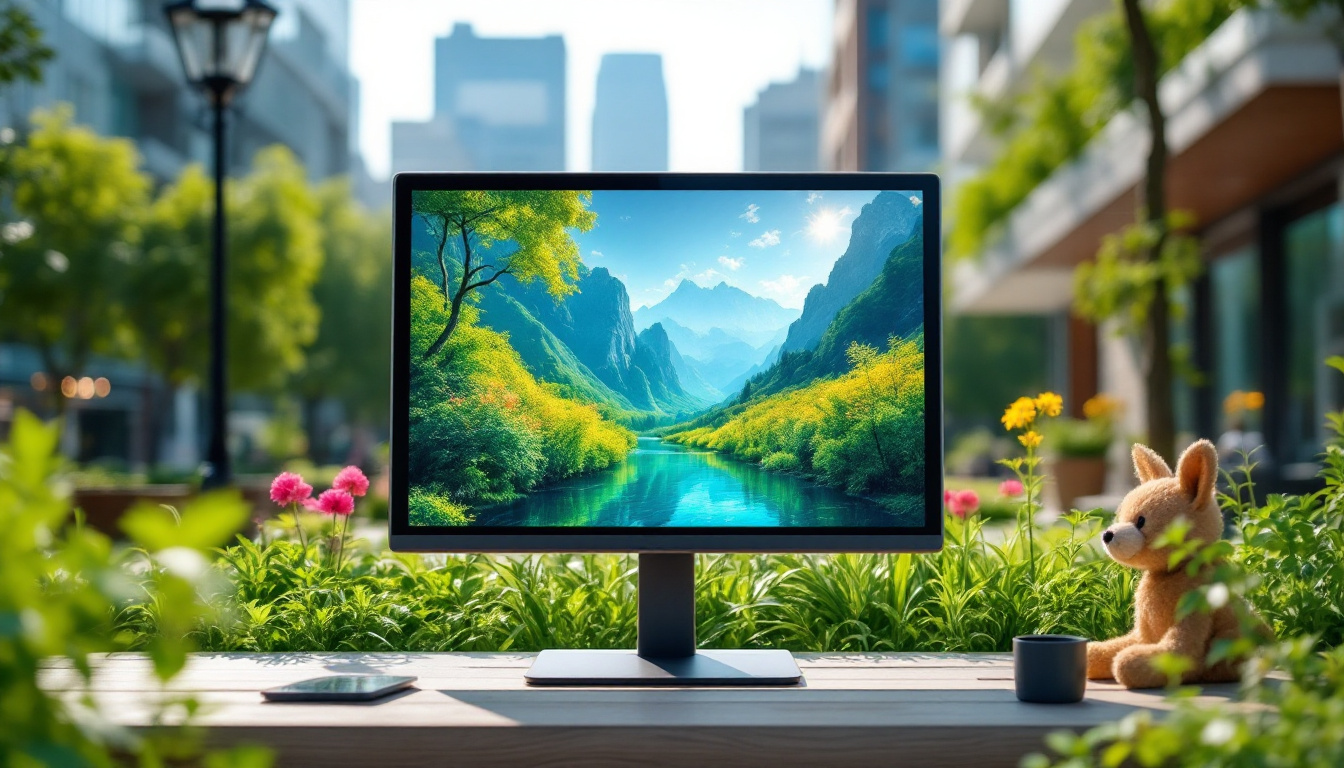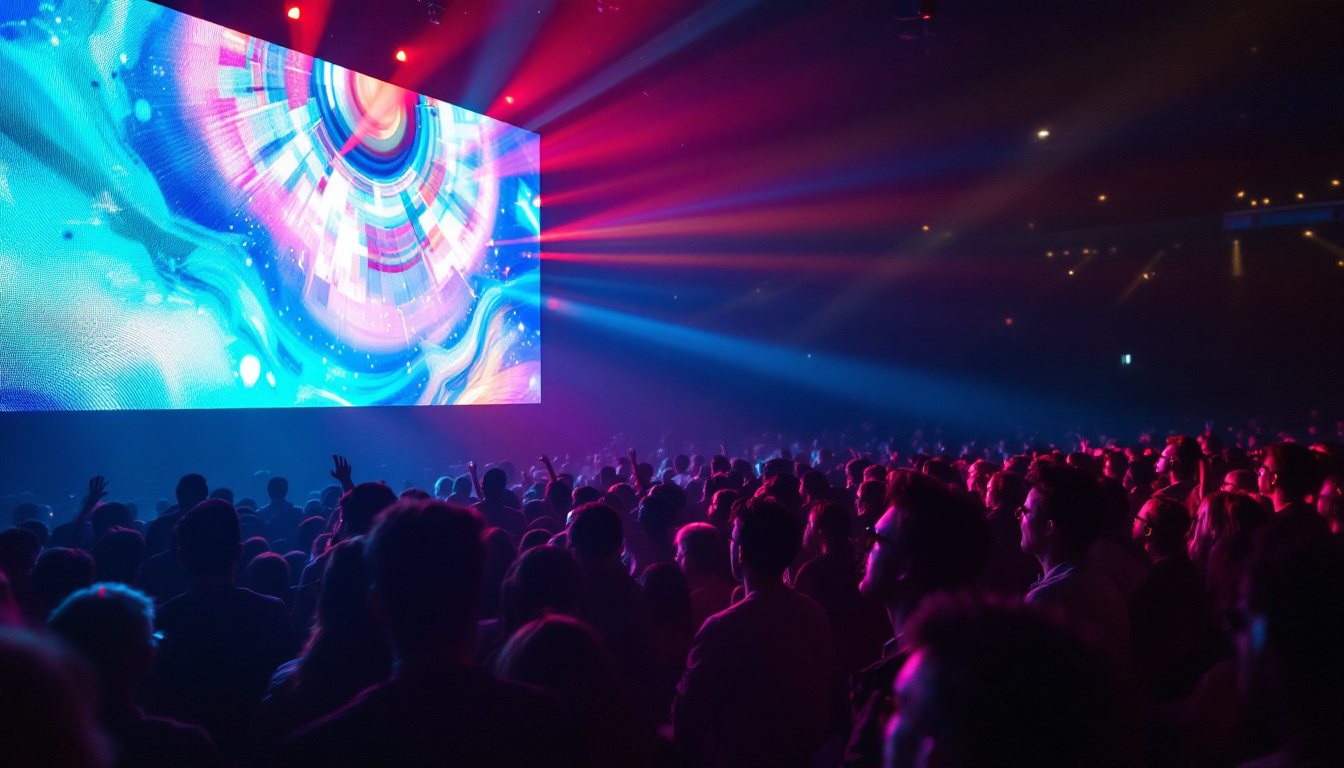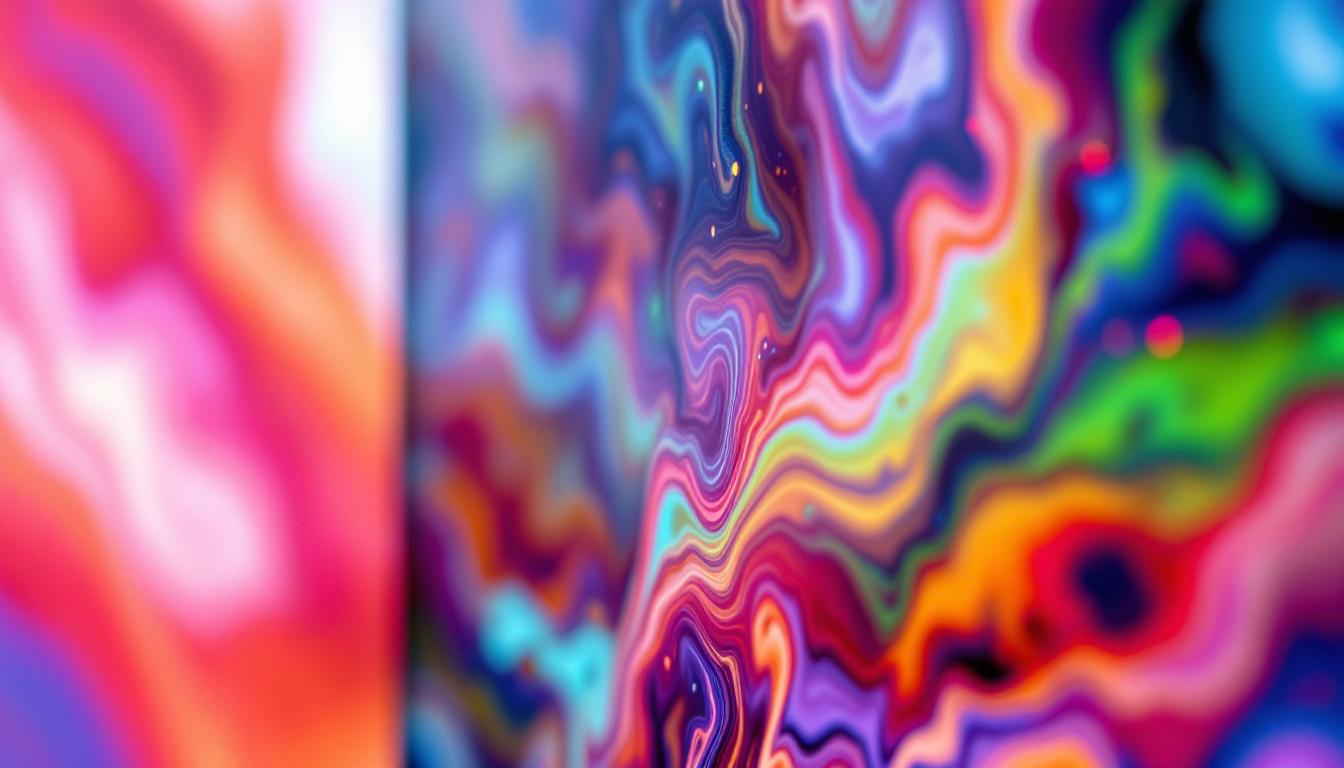In the world of visual technology, few innovations have made as significant an impact as LED displays. These vibrant, energy-efficient screens have transformed how information is conveyed, entertainment is experienced, and advertising is executed. This article delves into the intricacies of giant LED screens, exploring their technology, applications, and advantages.
Understanding LED Technology
LED, or Light Emitting Diode, technology has revolutionized the display industry. Unlike traditional display technologies, LEDs emit light when an electric current passes through them. This fundamental principle underpins the functionality of giant LED screens, which are composed of numerous individual LED modules. The efficiency of LEDs also contributes to their popularity, as they consume significantly less power compared to incandescent and fluorescent lights, making them an environmentally friendly option for both commercial and residential use.
How LED Displays Work
The operation of an LED display is based on the combination of red, green, and blue (RGB) diodes. By adjusting the intensity of these three colors, a wide spectrum of colors can be produced, allowing for high-quality images and videos. Each pixel on the screen is essentially a small LED that can be controlled independently, enabling the display of intricate graphics and animations. This capability is particularly advantageous in dynamic environments where content needs to be updated frequently, such as in advertising or live event broadcasting.
Moreover, the arrangement of these pixels can vary significantly, leading to different pixel pitches. Pixel pitch refers to the distance between the centers of two adjacent pixels. A smaller pixel pitch results in higher resolution and clarity, making it ideal for close viewing distances, while larger pitches are suitable for larger audiences viewing from a distance. The advancements in pixel technology have also led to the development of flexible LED displays, which can be shaped and curved to fit unique design requirements, further expanding their application in modern architecture and creative installations.
Types of LED Displays
LED displays come in various types, each designed for specific applications. The two primary categories are:
- Indoor LED Displays: These screens are optimized for viewing in controlled environments. They typically have a finer pixel pitch, resulting in higher resolution images. Indoor displays are commonly used in retail spaces, conference rooms, and entertainment venues. Their ability to deliver vibrant colors and sharp images makes them a popular choice for digital signage, where capturing audience attention is crucial.
- Outdoor LED Displays: Built to withstand the elements, outdoor LED displays feature a robust design and higher brightness levels. They are often used for billboards, sports arenas, and public events, ensuring visibility even in direct sunlight. Additionally, many outdoor displays are equipped with weather-resistant features and advanced cooling systems to maintain performance in varying environmental conditions, thus ensuring longevity and reliability.
In addition to these primary categories, there are also specialized LED displays designed for specific uses, such as transparent LED screens that allow for visibility through the display itself, making them ideal for storefronts and exhibitions. Another innovation is the use of LED technology in wearable devices, where miniature LED displays can provide real-time information while being lightweight and energy-efficient. As LED technology continues to evolve, we can expect even more innovative applications that enhance our visual experiences across various platforms.
Applications of Giant LED Screens
The versatility of giant LED screens allows them to be utilized in a myriad of settings. Their applications range from advertising to entertainment, and even in educational environments.
Advertising and Marketing
One of the most prominent uses of giant LED screens is in advertising. Brands leverage these displays to capture the attention of potential customers with dynamic visuals and engaging content. The ability to change advertisements in real-time allows businesses to target specific audiences and optimize their marketing strategies effectively.
Moreover, the high brightness and vivid colors of LED screens ensure that advertisements remain eye-catching, even in bright daylight. This capability makes them a preferred choice for outdoor billboards and digital signage in busy urban areas. In addition to traditional advertisements, many companies are now experimenting with interactive content, allowing passersby to engage with the display through touch or motion sensors, creating a memorable experience that fosters brand loyalty.
Entertainment and Events
Giant LED screens have become a staple in the entertainment industry. Concerts, festivals, and sporting events utilize these displays to enhance the audience experience. They provide live feeds, replays, and dynamic visuals that keep the audience engaged.
In addition, many venues now incorporate LED screens into their architecture, creating immersive environments. The flexibility of LED technology allows for creative installations that can transform spaces and captivate audiences. For instance, some theaters use LED screens as backdrops that can change scenes seamlessly, while sports arenas employ them to display real-time stats and fan interactions, further enriching the spectator experience. This integration of technology not only entertains but also fosters a deeper connection between the audience and the event.
Education and Information Dissemination
In educational settings, giant LED screens serve as powerful tools for information dissemination. Schools and universities use these displays for announcements, presentations, and interactive learning experiences. The visual nature of LED technology helps to engage students and enhance retention of information.
Additionally, public spaces such as airports and train stations utilize LED screens to provide real-time information to travelers. These displays can convey flight schedules, weather updates, and safety announcements, ensuring that the public remains informed and aware. Furthermore, educational institutions are beginning to adopt these screens for remote learning, allowing for live-streamed lectures and interactive sessions that can reach students regardless of their location. This adaptability not only enhances traditional learning environments but also opens up new avenues for collaboration and knowledge sharing across distances, making education more accessible than ever before.
Advantages of Giant LED Screens
The growing popularity of giant LED screens can be attributed to several advantages they offer over traditional display technologies. Understanding these benefits can help businesses and organizations make informed decisions when investing in visual technology.
Energy Efficiency
One of the most significant advantages of LED technology is its energy efficiency. LED displays consume considerably less power than traditional LCD or plasma screens. This reduced energy consumption not only lowers operational costs but also contributes to a smaller carbon footprint, making LED screens an environmentally friendly choice.
Durability and Longevity
Giant LED screens are designed to be robust and durable. They can withstand harsh environmental conditions, making them suitable for outdoor use. Additionally, LEDs have a longer lifespan compared to other display technologies, often lasting tens of thousands of hours before needing replacement. This longevity translates to lower maintenance costs over time.
High Brightness and Contrast
LED displays are known for their exceptional brightness levels and contrast ratios. This quality allows them to deliver clear and vivid images, even in bright ambient light. The high contrast enhances the viewing experience, making content more engaging and visually appealing.
Challenges and Considerations
While giant LED screens offer numerous advantages, there are also challenges and considerations to keep in mind when integrating this technology. Understanding these factors can help organizations make better decisions regarding their use.
Initial Investment Costs
The initial cost of purchasing and installing giant LED screens can be significant. While prices have decreased over the years, high-quality displays can still represent a considerable investment for businesses. Organizations must weigh the long-term benefits against the upfront costs to determine if the investment aligns with their goals.
Installation and Maintenance
Installing giant LED screens requires specialized knowledge and expertise. Proper installation is crucial to ensure optimal performance and longevity. Additionally, maintenance can be complex, particularly for outdoor displays exposed to the elements. Organizations should consider ongoing maintenance costs and the availability of qualified technicians when deciding on LED technology.
Content Management
Effective content management is essential for maximizing the impact of giant LED screens. Organizations must develop a strategy for creating, scheduling, and updating content to keep it fresh and engaging. This may require dedicated personnel or software solutions, adding to the overall operational complexity.
The Future of LED Display Technology
The future of LED display technology looks promising, with ongoing advancements likely to enhance their capabilities further. Innovations in pixel technology, resolution, and interactivity are expected to shape the next generation of giant LED screens.
MicroLED and MiniLED Technologies
Emerging technologies such as MicroLED and MiniLED are set to revolutionize the display landscape. These technologies promise even higher resolutions, improved color accuracy, and enhanced energy efficiency. As these innovations become more mainstream, they will likely lead to the development of even larger and more versatile LED displays.
Interactivity and Smart Features
The integration of interactivity into LED displays is another exciting trend. Touch-sensitive screens and augmented reality capabilities are becoming more prevalent, allowing for immersive experiences that engage audiences on a deeper level. This shift toward interactive displays will open new avenues for advertising, education, and entertainment.
Sustainability Initiatives
As environmental concerns continue to grow, the LED industry is focusing on sustainability initiatives. Manufacturers are exploring eco-friendly materials and production processes, as well as recycling programs for old displays. This commitment to sustainability will likely resonate with consumers and organizations alike, promoting the adoption of LED technology.
Conclusion
Giant LED screens have become an integral part of modern visual communication, offering unparalleled advantages in brightness, energy efficiency, and versatility. Their applications span various industries, from advertising to education, enhancing the way information is presented and consumed.
While challenges exist, the benefits of LED technology often outweigh the drawbacks, making it a compelling choice for organizations looking to invest in visual displays. As technology continues to evolve, the future of giant LED screens promises to be even more exciting, with innovations that will further enhance their capabilities and applications.
In a world increasingly driven by visual communication, giant LED screens are not just a trend; they are a vital tool for engaging audiences and conveying messages effectively. Embracing this technology can provide organizations with a competitive edge in their respective markets, ensuring they remain at the forefront of innovation.
Discover LumenMatrix’s Innovative LED Solutions
Ready to elevate your visual communication with cutting-edge LED technology? Explore LumenMatrix’s comprehensive range of LED display solutions, from vibrant Indoor and Outdoor LED Wall Displays to dynamic Vehicle and Sports LED Displays. Our mission is to transform your brand’s visibility and audience engagement with captivating visual experiences. Whether you need a Custom LED Display, an All-in-One solution, or a striking LED Transparent Display, LumenMatrix has you covered. Check out LumenMatrix LED Display Solutions today and start creating unforgettable visual narratives for your business.

